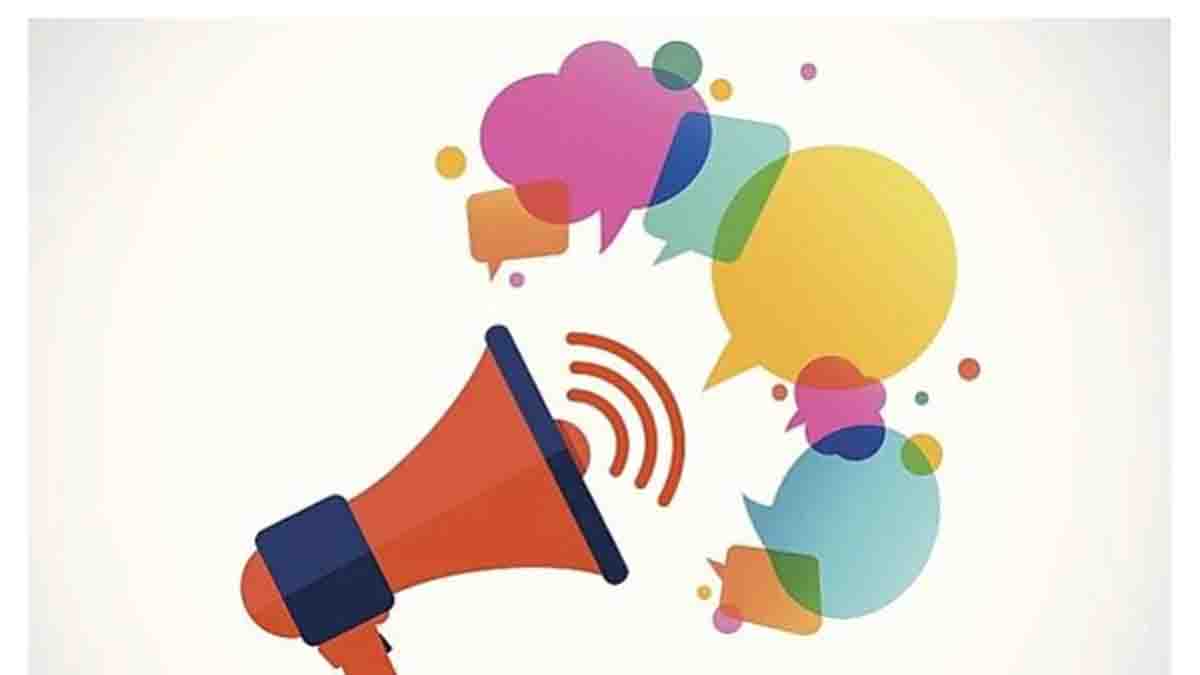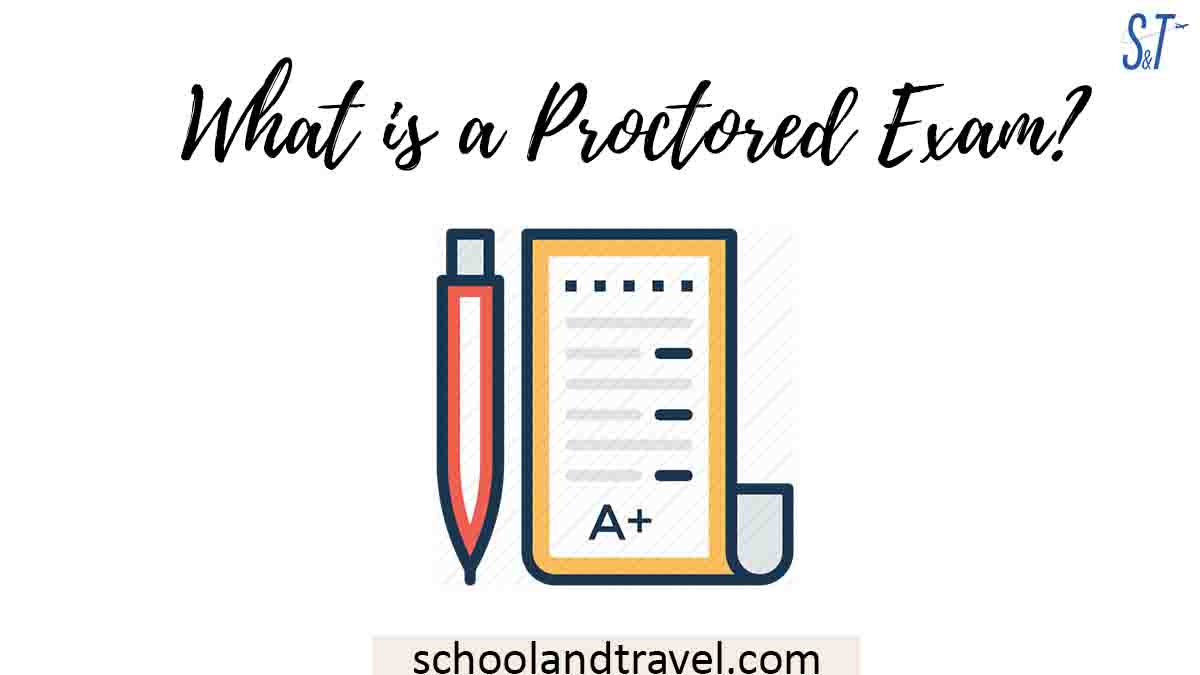When people think about what conversation means, they often think of talking to each other.
But, to exchange messages with one another and grow as individuals, we primarily rely on verbal communication.
Many people think of spoken communication when they hear the term “verbal communication;” however, written communication is also considered a form of verbal communication.
This article will explain the advantages and disadvantages of verbal communication.
What are Communication Skills?
Language is at the heart of verbal communication in written and spoken forms.
Communication can occur in various forms, including verbal, nonverbal, and written.
It takes place through means other than words, such as body language, gestures, and silence, which are examples of nonverbal communication.
Verbal communication refers, in general, to our use of words, whereas nonverbal communication refers to communication that takes place through means other than words.
More so, communication skills are the abilities you use to offer and receive information in various contexts.
These skills are necessary when working with other people, managing other individuals, and watching over projects.
Read more:
- 5 Easiest Languages to Learn for English Speakers (FAQs)
- SAGES test (Meaning, Subtests, Benefits, Learning Skills, Tips)
- ESOL vs. ESL (Meaning, Similarities, Differences, Learning Objectives)
How to instruct others in the art of communicating:
Students profit from instructional strategies that provide them with opportunities for hands-on practice, lucid direction, and self-reflection.
The most effective methods for teaching these abilities are presented below, along with various examples.
1. Role-playing films:
Role-playing is a common way for students to improve their communication skills. They act out their skills after talking about them.
Students will need to be patient, open-minded, and cooperative. Then, role-playing can be a terrific approach to improve communication skills quickly.
2. Game advice:
Employ role-playing to ensure the students comprehend the material when teaching a new skill. Show students a skill. Then, make them guess your skill. More so, use real-life workplace scenarios to teach them.
After each role-play, have students discuss what went right and wrong. Ask them what they would do differently next time.
3. Do a group project:
Group work involves communication to achieve a goal. So, assist the group with any resources needed and watch their interactions.
Afterward, discuss what went well, what could have been improved, and give positive remarks on how each person performed well.
Read more: Verbal Learner (Major tips about this learning style)
Verbal and Non-verbal Communication:
Verbal communication is the use of words to convey a message. Some forms of verbal communication are written and oral communication.
In the form of verbal communication through spoken words, the information is presented immediately, either face to face or via phone in oral communication.
The message can be understood and answered immediately if there are any questions. Action can be used to draw attention to key points.
Examples of Non-verbal Communication:
1. Letters:
In traditional forms of written communication, letters are typically handwritten or typed on paper and sent via postal services.
They allow individuals to convey messages, sentiments, and information over long distances without speaking directly.
2. Texting:
A modern form of communication, texting involves sending short messages electronically, typically through mobile phones.
It’s immediate and often used for casual, quick exchanges. Emojis and GIFs, often used in texting, can convey emotions or reactions without words.
3. Emails:
Digital letters sent over the internet, emails can be formal or informal.
They allow for exchanging information, attachments, and more, making them suitable for personal, academic, or professional purposes.
4. Books:
A long-form written medium, books can be fictional or non-fictional. They allow authors to delve deeply into topics, stories, or ideas, sharing them with readers who can access them anytime.
Examples of Oral Communication:
1. Face-to-face conversations:
This is the most direct form of oral communication, where individuals speak to each other in person. It involves immediate feedback, as the speaker and listener are at the same location.
This form allows for immediate clarifications, questions, and a mutual exchange of information.
Non-verbal cues, such as body language and facial expressions, also play a significant role in these interactions.
2. Speech:
A speech is a formal address delivered to an audience. The speaker shares information, ideas, or perspectives on a topic.
It is usually a one-way communication, where the audience listens without interrupting the speaker.
The speaker may use tools like microphones, podiums, or visual aids to enhance the delivery.
3. Host on a Radio:
A radio host communicates with listeners over the airwaves. They might introduce music, deliver news, conduct interviews, or host talk shows.
Even though the host can’t see the listeners, they communicate orally, imagining their audience and speaking directly to them.
Feedback from listeners might be indirect, like through phone-ins or social media.
4. Interview:
An interview involves a structured conversation where one person (the interviewer) asks questions, and the other person (the interviewee) responds.
Interviews can be for various purposes, such as job hiring, news broadcasting, or research. It’s a two-way communication form where parties exchange information, often with a specific goal.
Advantages of Verbal Communication:
- It saves time and is a more reliable way to talk to someone.
- It is easy to get feedback once it has been sent.
- There is a full understanding of what was said and a chance to clarify it.
- It’s a cheaper way to talk to people, saving money.
Disadvantages of verbal communication:
- A lack of understanding might bring about conflict.
- It has no legal legitimacy, and as a result, it will cause complications in several different scenarios.
- If the information is not recorded using contemporary storage methods, then the record will not be permanent.
- It has problems communicating with persons who are located at a great distance.
- Because of the wide variety of speech tones in verbal communication, it can be challenging for some individuals to comprehend spoken language.
- This mode of communication does not lend itself well to the transmission of lengthy messages.
- With the use of cutting-edge technology like a lie detector or polygraph, there is a possibility that confidential information could be exposed. When a person is under the influence of alcohol, it is frequently easier to acquire confidential information.
Read more: 19+ Best Educational Apps for Schools (Duolingo, Kahoot!)
Advantages and Disadvantages of Verbal Communication (Table)
| Aspect | Advantages | Disadvantages |
|---|---|---|
| Clarity | Immediate feedback allows for quick clarifications. | Misinterpretations can arise from tone or choice of words. |
| Speed | Instantaneous exchange of ideas and information. | Quick responses can sometimes lead to impulsiveness and errors. |
| Relationship Building | Facilitates bonding and deeper understanding between parties. | Misunderstandings can strain relationships. |
| Adaptability | Speaker can adjust the message based on the audience’s reactions. | Requires quick thinking, which may not always be accurate. |
| Documentation | Can be recorded for future reference. | Not as permanent or structured as written communication; can be forgotten. |
| Emotional Expression | Tone and pitch can convey emotions effectively. | Emotions can sometimes cloud the message or lead to bias. |
| Accessibility | Doesn’t require literacy or technology. | Physical barriers or disabilities (e.g., hearing impairment) can hinder communication. |
Types of Verbal Communication:
- Intrapersonal Communication
- Interpersonal Communication
- Small-Group Communication
- Public Communication
1. Intrapersonal Communication:
This type of communication takes place within an individual. It’s essentially “talking to oneself,” internally or out loud.
This can be through self-reflection, inner thought processes, or daydreaming. Intrapersonal communication helps individuals understand their own feelings, motivations, and thoughts.
2. Interpersonal Communication:
This involves a direct interaction between two individuals, making it a face-to-face conversation. It’s a two-way communication where both parties can speak and listen.
Examples include personal discussions, chats with friends, or a doctor and patient conversation.
Non-verbal cues, such as body language and facial expressions, often accompany and enrich these interactions.
3. Small-Group Communication:
This type of communication occurs within small groups, usually comprising 3 to 12 people. It’s often seen in team meetings, study groups, or brainstorming sessions.
The group size allows each member to contribute, yet it’s still manageable enough to maintain order and ensure everyone has a chance to participate.
4. Public Communication:
Public communication refers to a single speaker addressing a large group of people. The primary goal is often to inform, persuade, or entertain.
Examples include speeches, lectures, or public addresses.
The audience typically doesn’t directly interact with the speaker during the communication, but they may engage in feedback afterward, such as during a Q&A session.
What is Non-verbal communication?
Human beings lacking the necessary speech organs are unable to create sound. In addition, human people who are missing one or both of their ears cannot be on the receiving end of vocal communication.
Non-verbal modes of communication are utilized to assist individuals like these who struggle with verbal expression to communicate and pass on information.
Various hand gestures and sign languages are utilized in the communication process in this mode.
Some examples of nonverbal communication include the following:
- Hand motions
- A person’s outward look
- Actions of the Legs
- Position while seated
- Touch
- Dance
5 Ways to Improve Communication Skills:
1. Listening:
Communication begins with attentive listening. If all you’re thinking about is how you’re expressing yourself, you’re probably not paying attention to or responding to what others have to say.
A good communicator employs a range of listening styles. They listen intently and make others feel heard and taken into consideration.
2. Practice speaking in front of a group:
Participating in public speaking events is the best method to improve your ability to communicate effectively.
If you’re a good communicator, you can express your thoughts and feelings clearly, whether speaking to a huge audience or just one person.
To become a better communicator, you must regularly speak in front of a large audience.
3. Empathy:
Having the ability to empathize with others is an essential aspect of being a good communicator. To empathize is to be aware of and able to relate to the sentiments of another person.
The capacity to empathize and have strong emotional intelligence strengthens your relationships with people and improves your communication skills.
4. Develop a filter:
Social skills and the ability to adjust how one expresses one’s thoughts and feelings are essential for effective communicators.
Consider the context in which you’re speaking before deciding what you should or shouldn’t say.
Maintaining civility and avoiding workplace conflict can be achieved by developing a filter that complements other communication approaches.
5. Ask for a review:
Asking for honest feedback from coworkers about your communication abilities is very acceptable.
Your colleagues and subordinates may be able to offer recommendations on how to improve your communication abilities in the workplace.
Build stronger bonds with your coworkers by cultivating an openness to learning from their perspectives.
Frequently Asked Questions on Advantages and Disadvantages of Verbal Communication:
Training sessions, presentations, group meetings, performance evaluations, one-on-one discussions, interviews, disciplinary sessions, sales pitches, and consultancy engagements are all examples of verbal communication.
“verbal communication” refers to using sounds and languages to convey a message. Speaking to a single child or the entire classroom is an option for teachers. For example, getting a student to get up might be considered verbal communication.
To be an effective listener, you must be able to hear beyond the words that are being stated. It’s common for the “listener” to be preoccupied with how they’re going to reply rather than listening to what the speaker is saying during a conversation.
– Listen, listen, and listen.
– Who you are talking to matters.
– Body language is important
Conclusion:
To understand the benefits and drawbacks of verbal communication, one must first understand the fundamentals of verbal and written communication.
Awesome one; I hope this article answers your question.
Editor’s Recommendations:
- 10 Best Books for Women in Their 30s (Benefits, Must-Read, FAQs)
- Is Technology a Good Career Path? (Meaning, Jobs, Benefits)
- 10 Best Cheerleading Colleges in the US (How-to, FAQs)
- 10 Best Medical Schools for Pediatrics (Duration, How-to, FAQs)
Share with a friend.




